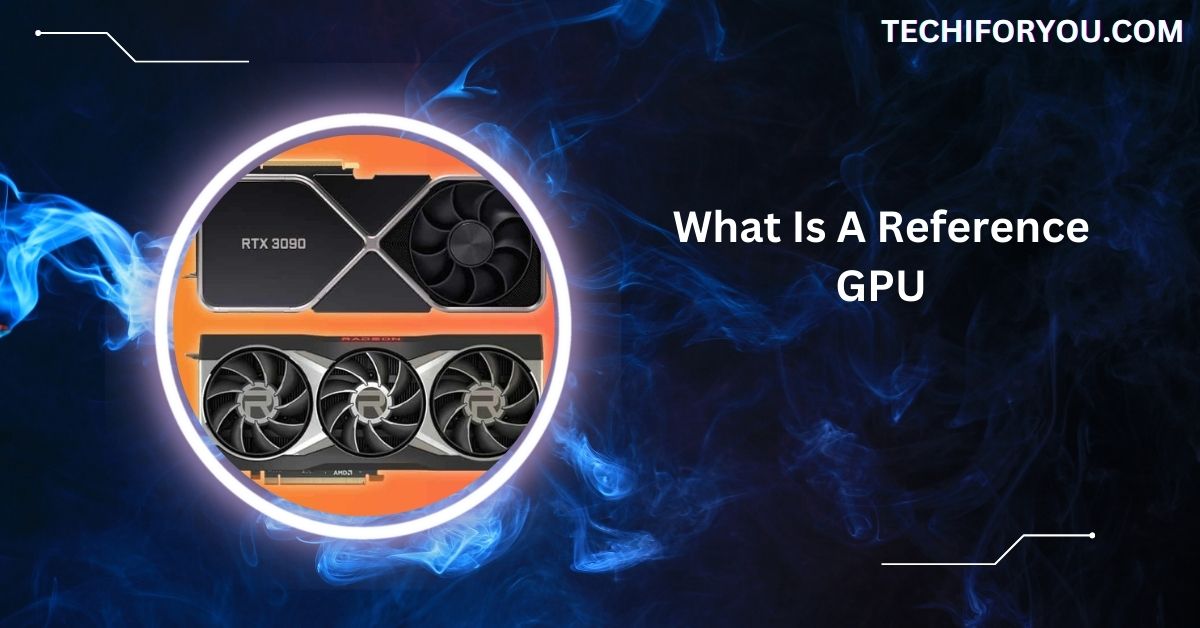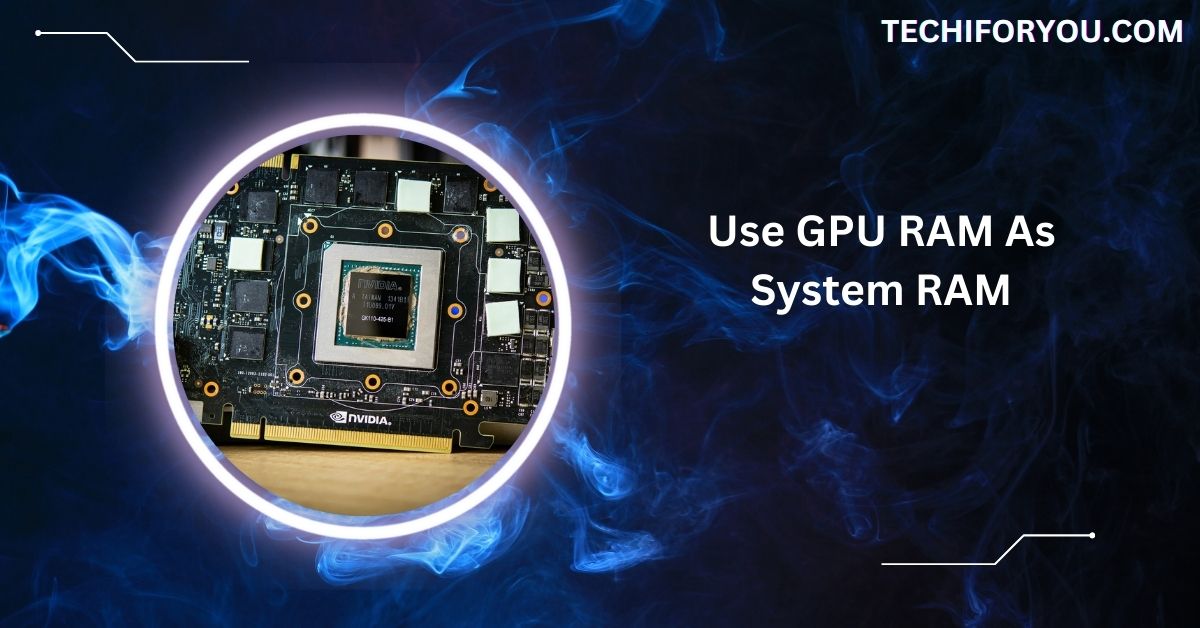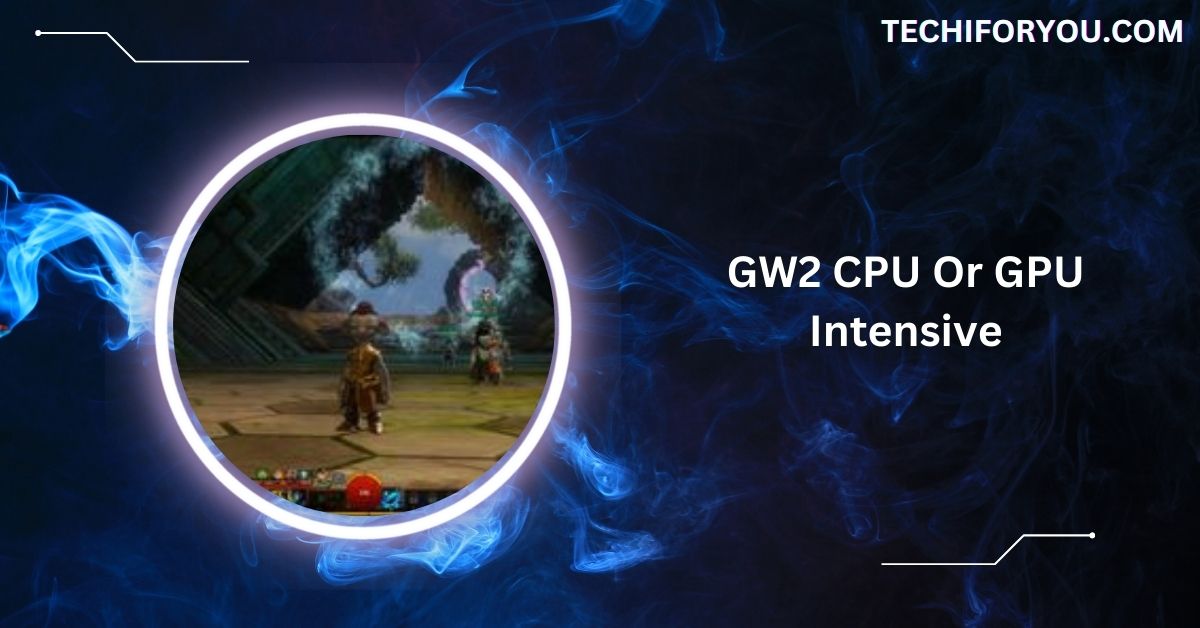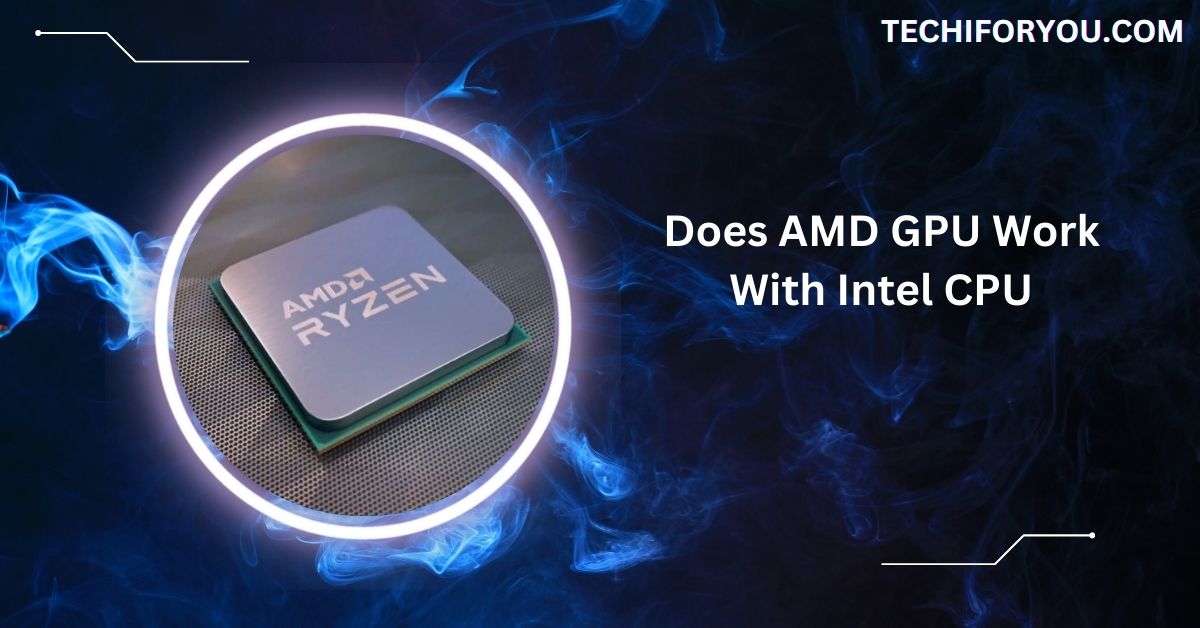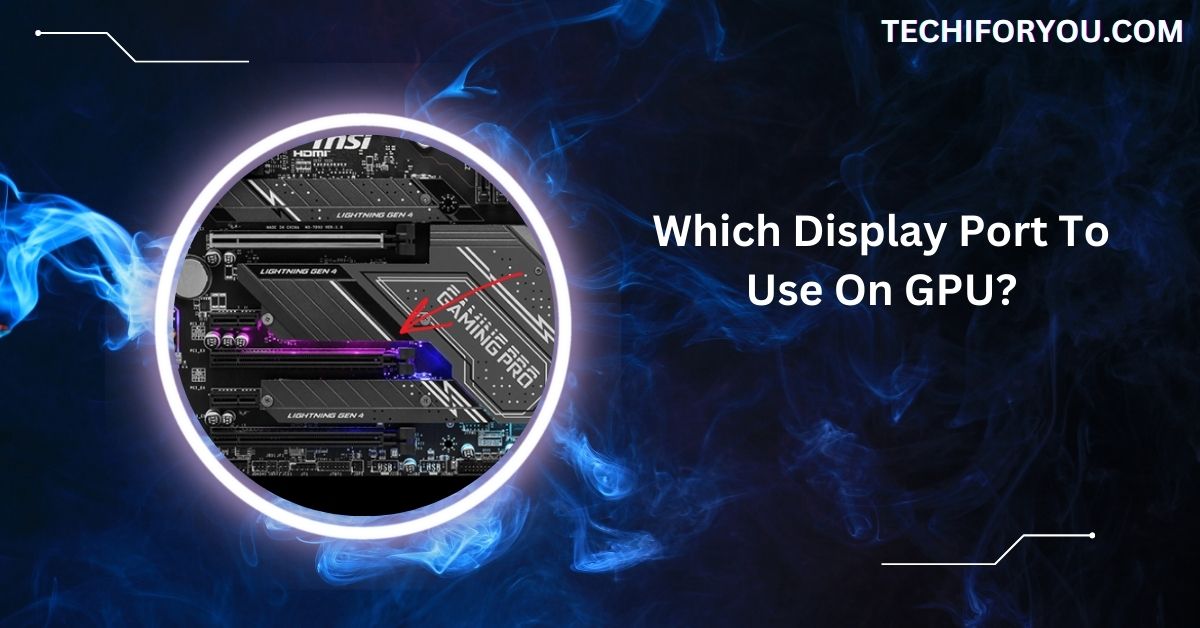A reference GPU is the original design made by NVIDIA or AMD when they release a new graphics card. It has a simple look, standard cooling, and runs at stock speeds.
A reference GPU is a graphics card designed directly by NVIDIA or AMD, featuring standard cooling, clock speeds, and memory speeds. It serves as the base model before custom versions are released by third-party manufacturers.
If you’re looking for a budget-friendly, stable GPU, a reference card is a good choice. However, if you want better cooling and overclocking, a custom GPU is the better option. Let’s explore everything about reference GPUs!
How Does a Reference GPU Work?
A reference GPU works like any other graphics card, processing visual data and rendering images for your computer.
However, it follows the manufacturer’s official specifications, including cooling design, clock speeds, and power requirements. Third-party manufacturers use this design as a foundation before making modifications.
Why Do Manufacturers Create Reference GPUs?
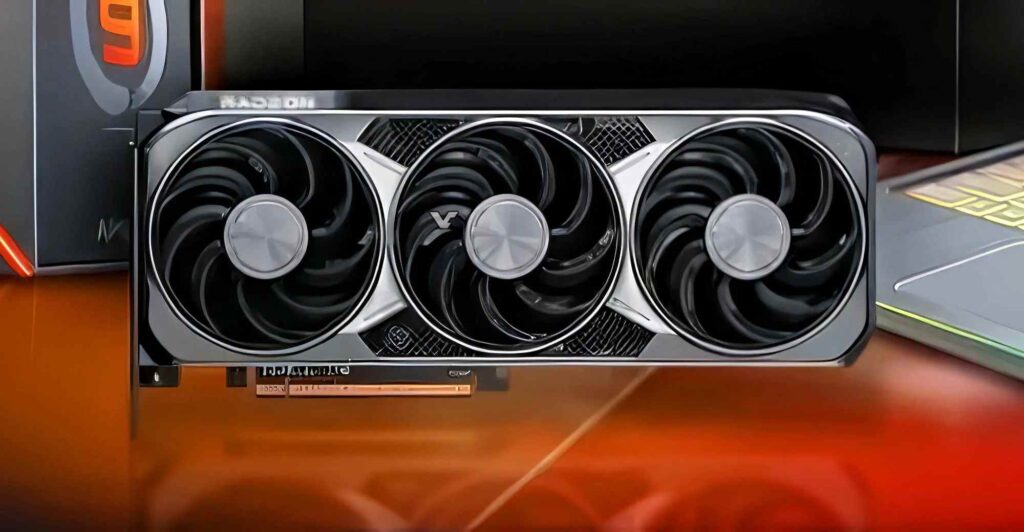
Manufacturers like NVIDIA and AMD release reference GPUs for several reasons:
- Setting a Standard – It establishes a baseline for performance and features.
- Ensuring Compatibility – Reference models help software developers optimize games and applications.
- Early Market Release – These GPUs allow consumers to access new technology before custom versions arrive.
- Benchmarking and Reviews – Tech reviewers use reference GPUs to compare performance across different models.
Key Characteristics of Reference GPUs:
- Standardized Design: Reference GPUs feature a uniform design as envisioned by the original manufacturer. This standardization ensures consistency across all units of that model, providing a reliable benchmark for performance and compatibility.
- Cooling Solutions: Typically, reference GPUs employ a blower-style cooling system. This design draws air into the card and expels it out of the rear of the computer case, which can be beneficial in systems with limited airflow. However, this cooling method may not be as efficient or quiet as the solutions implemented by some third-party manufacturers.
- Clock Speeds: The clock speeds of reference GPUs adhere to the specifications set by the manufacturer. While they deliver solid performance, they may not reach the higher clock speeds or overclocking potential that some custom models offer.
- Aesthetics and Build Quality: The design and build quality of reference GPUs are determined by the original manufacturer. They often feature a sleek and minimalist aesthetic, which some users prefer over the more elaborate designs of custom cards.
Role of Reference GPUs in the Industry:
Reference GPUs play a pivotal role in the graphics card industry for several reasons:
- Benchmarking and Testing: They provide a consistent baseline for performance and compatibility, essential for benchmarking and testing. This consistency allows for accurate comparisons across different GPU models and brands.
- Early Market Entry: Reference GPUs are typically the first versions released to the market when a new GPU model is launched. This early availability allows consumers to access the latest technology without waiting for custom versions.
- Standardization for Partners: They serve as a template for third-party manufacturers, ensuring a standard that partners can follow or improve upon in their custom designs.
Differences Between Reference and Custom GPUs:
While reference GPUs set the standard, custom GPUs developed by third-party manufacturers often introduce various enhancements:
- Cooling Solutions: Custom GPUs frequently feature advanced cooling systems, such as multiple fans, larger heatsinks, or liquid cooling solutions. These enhancements can lead to better thermal performance and quieter operation.
- Performance Enhancements: Many custom GPUs come factory-overclocked, offering higher clock speeds and improved performance compared to reference models.
- Aesthetic Customization: Third-party manufacturers often add unique design elements, RGB lighting, and custom backplates to appeal to consumers seeking a personalized look for their systems.
- Price Variations: Due to the added features and enhancements, custom GPUs are often priced higher than reference models.
How Do Reference GPUs Compare to Custom GPUs?
1. Cooling System
- Reference GPUs – Use a blower-style cooler that pushes hot air outside the case.
- Custom GPUs – Use dual or triple-fan designs, liquid cooling, or enhanced heatsinks for better thermal performance.
2. Performance
- Reference GPUs – Operate at stock clock speeds set by NVIDIA or AMD.
- Custom GPUs – Often come factory-overclocked for higher performance.
3. Aesthetics
- Reference GPUs – Minimalistic and professional design.
- Custom GPUs – Include RGB lighting, custom backplates, and unique color schemes.
4. Price
- Reference GPUs – Generally more affordable.
- Custom GPUs – Cost more due to better cooling, higher clock speeds, and extra features.
Are Reference GPUs Good for Gaming?
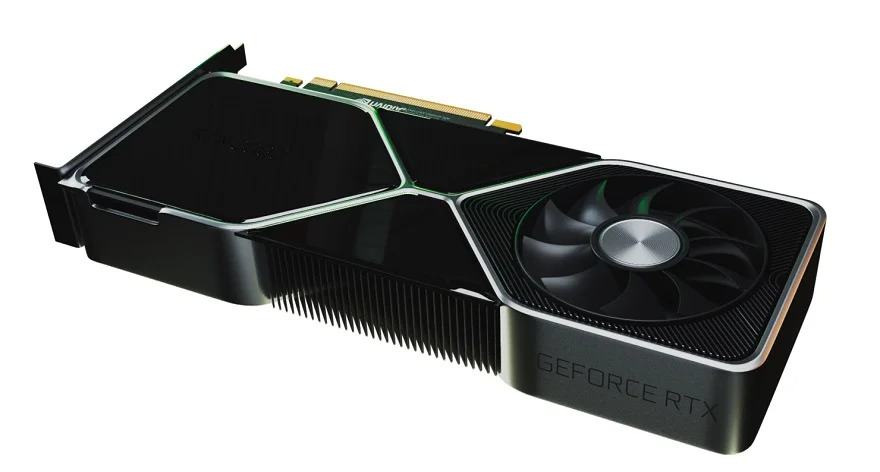
Yes, reference GPUs are good for gaming, but they may not be the best choice for high-performance gaming. They offer reliable performance but might run hotter and louder than custom models. If you’re playing games at high resolutions or overclocking, a custom GPU with better cooling is a better choice.
Are Reference GPUs Good for Overclocking?
Reference GPUs are not ideal for overclocking because:
- Limited Cooling – The blower-style cooler may struggle with extra heat.
- Lower Power Limits – Manufacturers set conservative power limits to maintain stability.
- No Custom VRMs – Custom models often have better voltage regulation modules for stable overclocking.
Do Reference GPUs Last Longer?
Reference GPUs can last just as long as custom GPUs if properly maintained. However, they may run hotter, which could shorten their lifespan if not cooled properly. Ensuring good airflow in your PC case and cleaning the GPU regularly can help prolong its life.
When Should You Choose a Reference GPU?
Consider a reference GPU if:
- You want the latest GPU model as soon as it’s released.
- You have a small PC case that benefits from a blower-style cooler.
- You plan to water-cool your GPU with a custom loop.
- You are on a budget and want the most affordable version.
Considerations for Choosing Between Reference and Custom GPUs:
When deciding between a reference and a custom GPU, consider the following factors:
- Performance Needs: If you require higher performance and are interested in overclocking, a custom GPU may be more suitable.
- Cooling Requirements: For systems with good airflow and space, custom cooling solutions can offer better thermal performance. However, in compact builds, the blower-style cooler of a reference GPU might be more effective in expelling hot air out of the case.
- Aesthetic Preferences: If the visual design of your build is important, custom GPUs offer a variety of styles and lighting options.
- Budget Constraints: Reference GPUs are typically more affordable, making them a good choice for budget-conscious consumers.
What is a Reference GPU for Gaming?
A reference GPU is the official design made by NVIDIA or AMD. It has a simple look, standard cooling, and stock clock speeds. It works well for gaming but may run hotter and louder than custom models. Many gamers prefer custom GPUs for better cooling and higher performance.
NVIDIA Reference Card vs. Non-Reference
A NVIDIA reference card follows NVIDIA’s official design, using a blower-style cooler and standard clock speeds. Non-reference cards are made by brands like MSI or ASUS, featuring better cooling, factory overclocking, and custom designs. Non-reference GPUs usually run cooler, quieter, and faster than reference models.
Are Reference GPUs Good?
Yes, reference GPUs are good because they offer stable performance and early access to new technology. However, they may run hotter and louder than custom models. If you need better cooling and quieter operation, a custom GPU is a better choice.
Reference Card Example
An example of a reference GPU is the NVIDIA GeForce RTX 4090 Founders Edition or the AMD Radeon RX 7900 XTX reference model. These cards follow the manufacturer’s original design, with standard cooling and clock speeds, and act as the base model for third-party custom versions.
AMD Reference Cards
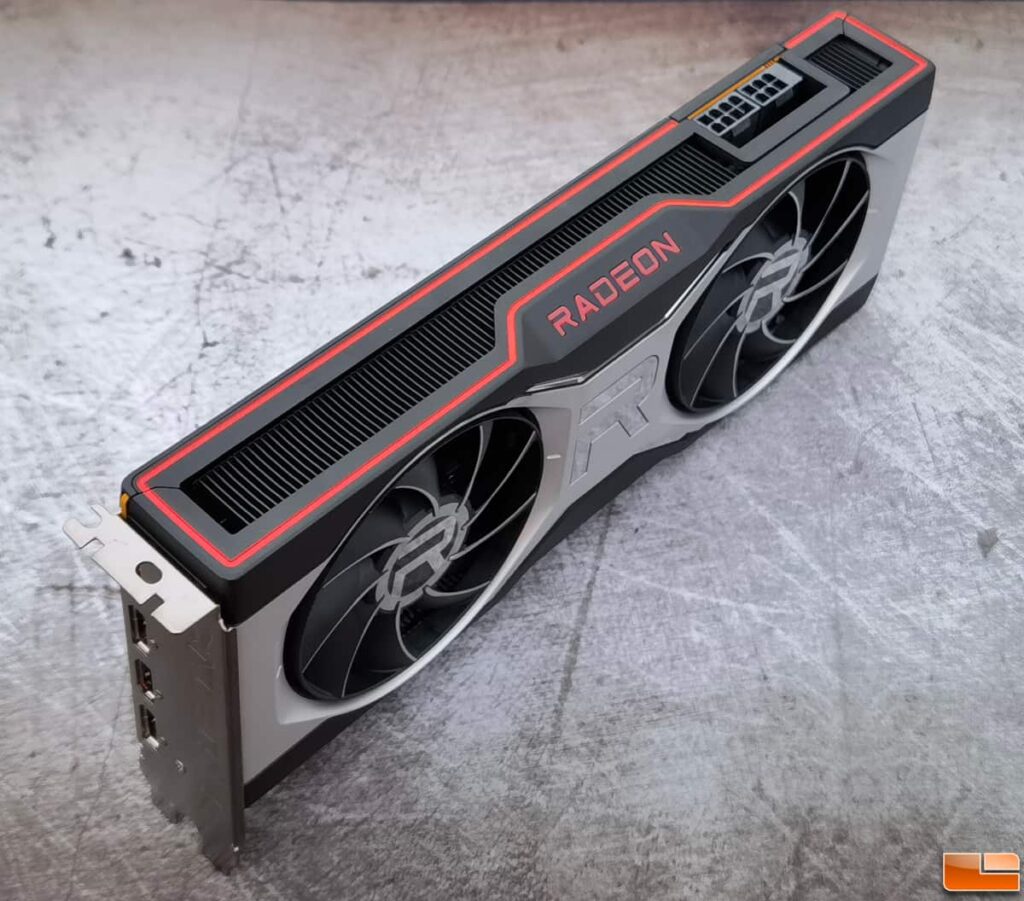
AMD reference cards are the first versions of new AMD GPUs. They have a simple design, standard cooling, and stock performance. These cards are great for early adopters and water-cooling setups but may run hotter than custom models from brands like Sapphire, ASUS, or PowerColor.
Reference Card Meaning
A reference card is a graphics card designed directly by NVIDIA or AMD. It sets the base performance, design, and cooling for a new GPU model. Third-party manufacturers use this reference design to create custom versions with better cooling, overclocking, and extra features.
Are AMD Reference Cards Good?
Yes, AMD reference cards are good for standard gaming and offer stable performance. However, they may run hotter and louder than custom models. If you want better cooling and overclocking potential, a custom AMD GPU from brands like MSI or XFX is a better choice.
FAQs
What is a Reference Card GPU?
A reference card GPU is the original design made by NVIDIA or AMD. It has standard cooling, clock speeds, and performance, used as a base for custom models.
What is My Card Reference?
Your card’s reference means whether it follows the original NVIDIA or AMD design. Reference cards use standard cooling, while custom models have better cooling and performance.
What is the GPU in an iPhone?
iPhones use Apple-designed GPUs, built into the A-series chips. These GPUs are optimized for graphics, gaming, and video editing while using less power for longer battery life.
What is the Difference Between Reference Card and Founders Edition?
A reference card follows AMD’s or NVIDIA’s design. Founders Edition is NVIDIA’s special version of a reference card, often with premium cooling and a unique look.
What Are Reference Cards?
Reference cards are the first version of a GPU made by NVIDIA or AMD. They have stock cooling, design, and performance before third-party manufacturers create custom models.
What is the RTX 3080 Equivalent Card?
The RTX 3080’s AMD equivalent is the Radeon RX 6800 XT. Both deliver high-performance gaming, but NVIDIA has better ray tracing, while AMD offers more VRAM.
What Does RTX Stand for in GPU?
RTX stands for Ray Tracing Texel eXtreme. It means the GPU supports real-time ray tracing, making lighting, reflections, and shadows look more realistic in games.
Does it Matter What GPU I Use?
Yes, your GPU affects gaming, video editing, and performance. A better GPU means smoother gameplay, faster rendering, and better graphics for demanding applications.
How Can I Identify My GPU?
You can check your GPU in Task Manager (Windows) or About This Mac (macOS). You can also use Device Manager or GPU software like GPU-Z.
Is RTX a CPU or GPU?
RTX is a GPU series from NVIDIA. It focuses on ray tracing, AI-powered graphics, and gaming performance, making visuals more realistic and smooth.
Conclusion
A reference GPU is the original design made by NVIDIA or AMD, setting the standard for performance, cooling, and design. These GPUs are great for stability, early adoption, and water-cooling setups but may run hotter and louder than custom models. If you need better cooling, quieter operation, and overclocking potential, a custom GPU from brands like MSI, ASUS, or Gigabyte is a better choice. Whether you choose a reference or custom GPU depends on your budget, cooling needs, and performance goals. Always compare features before making a decision to get the best GPU for your setup!

